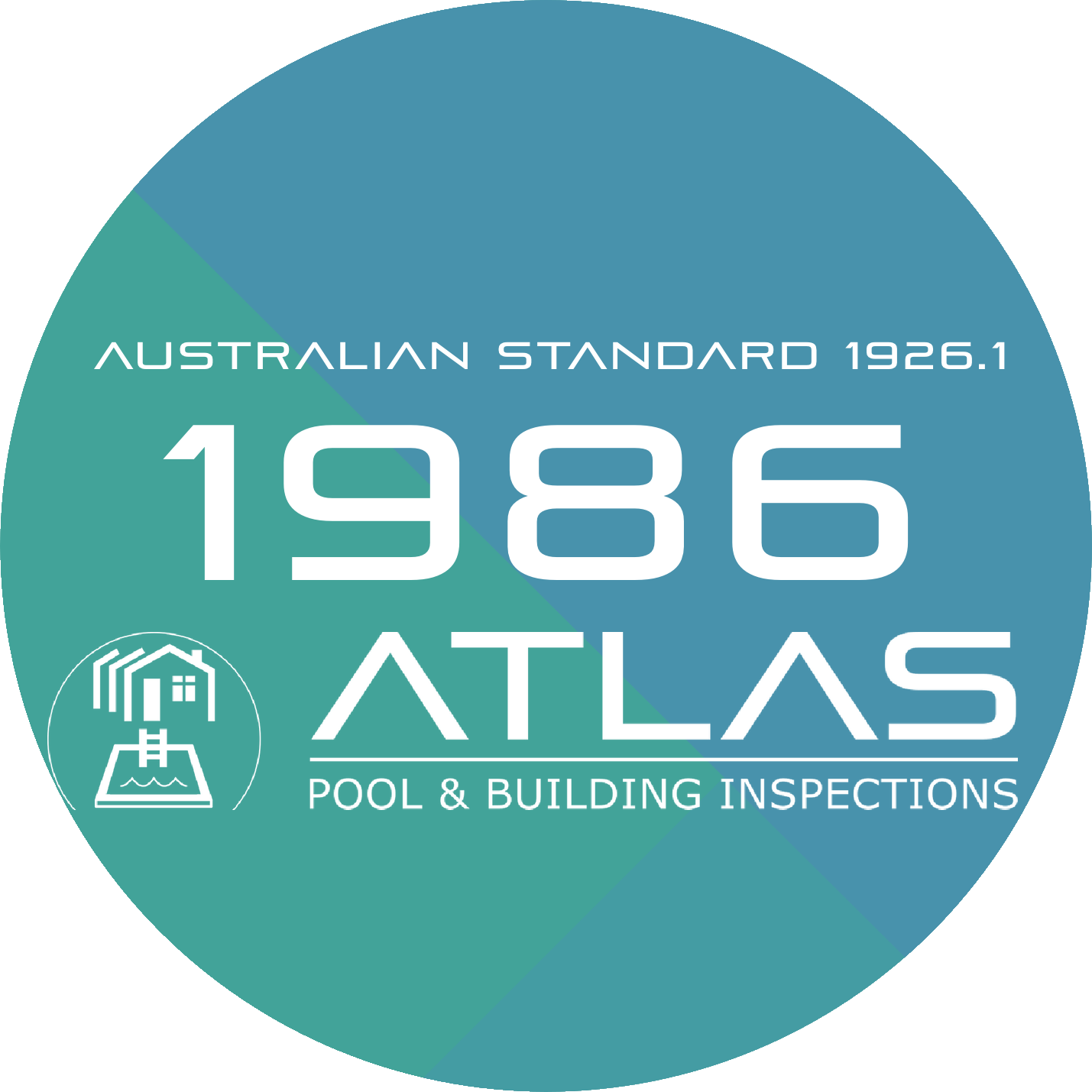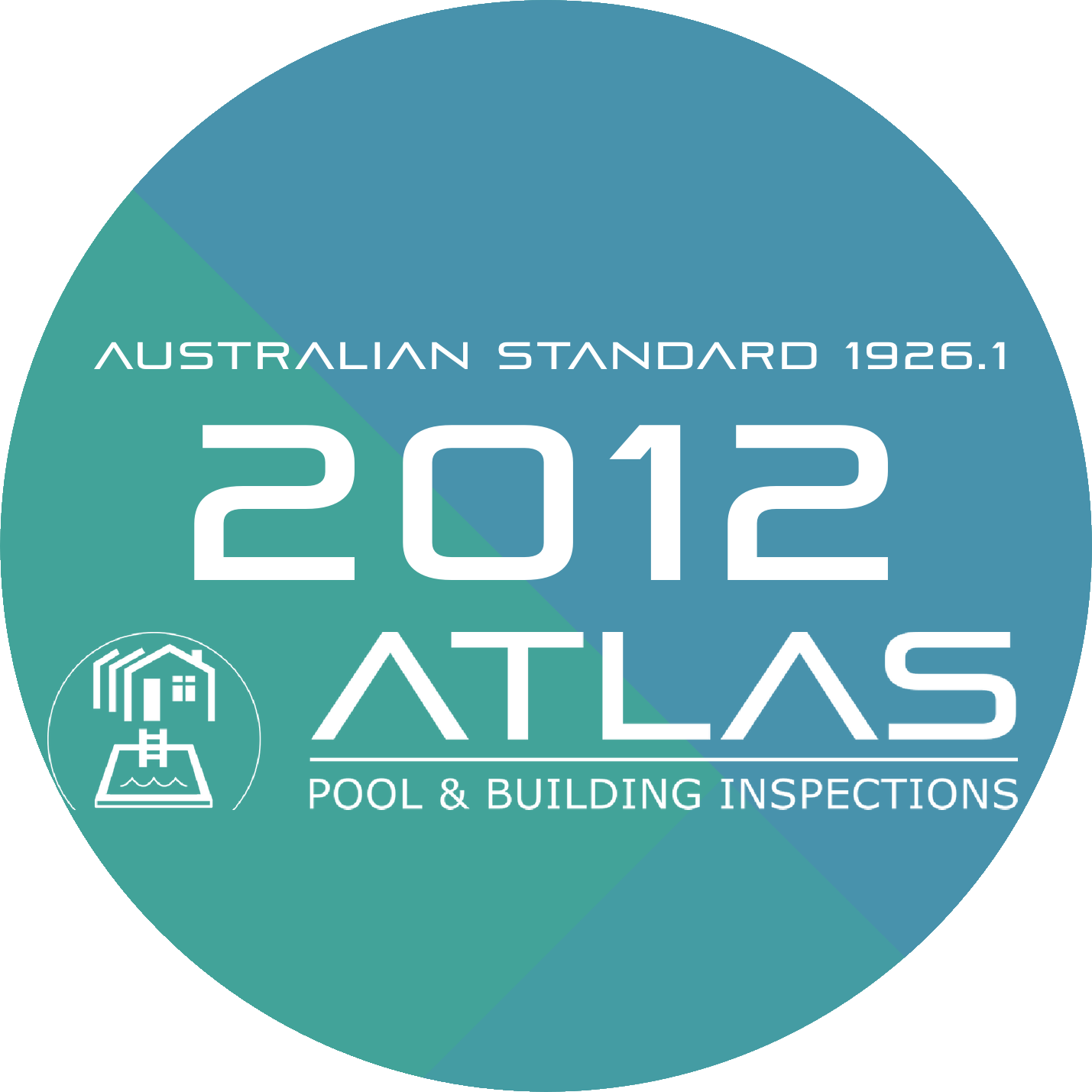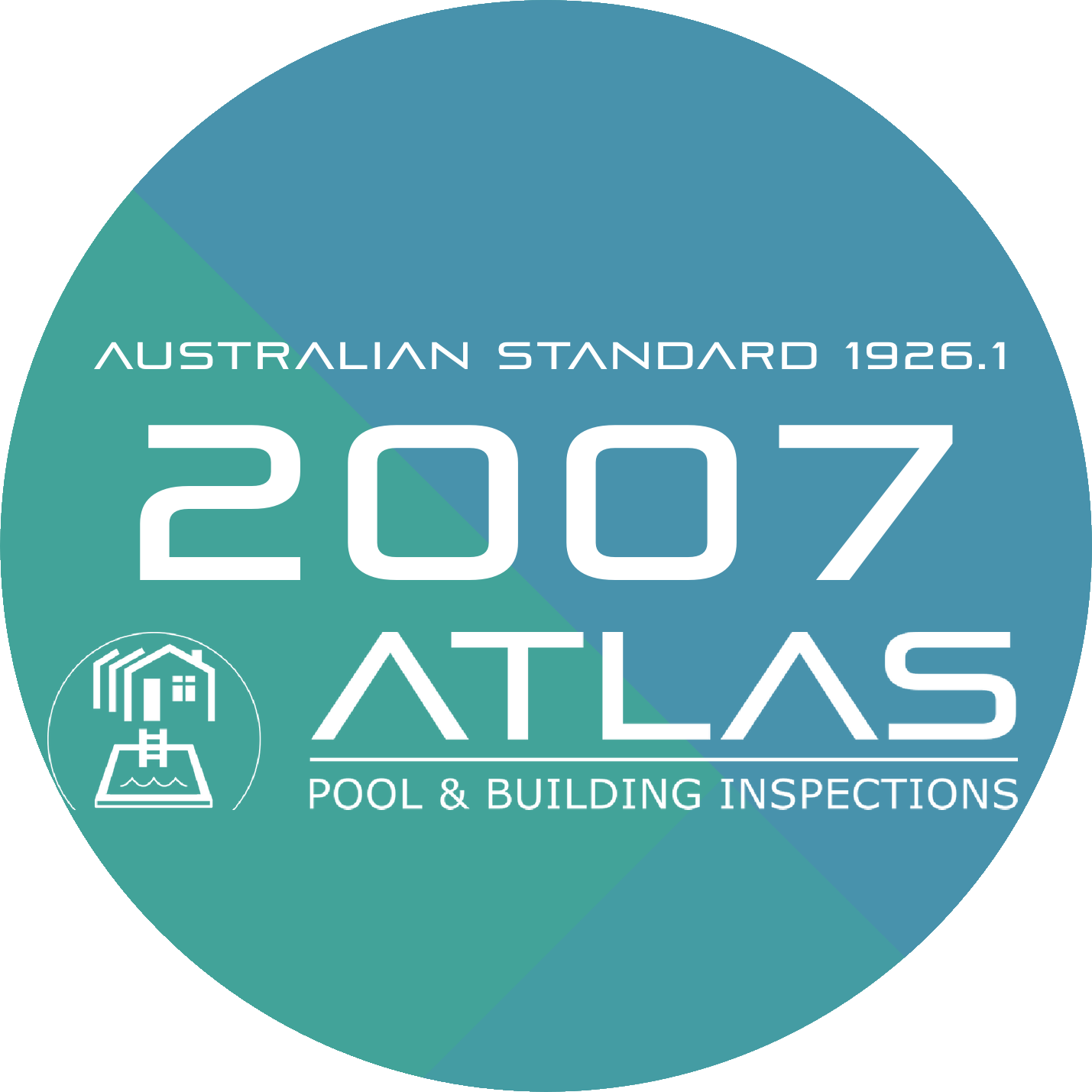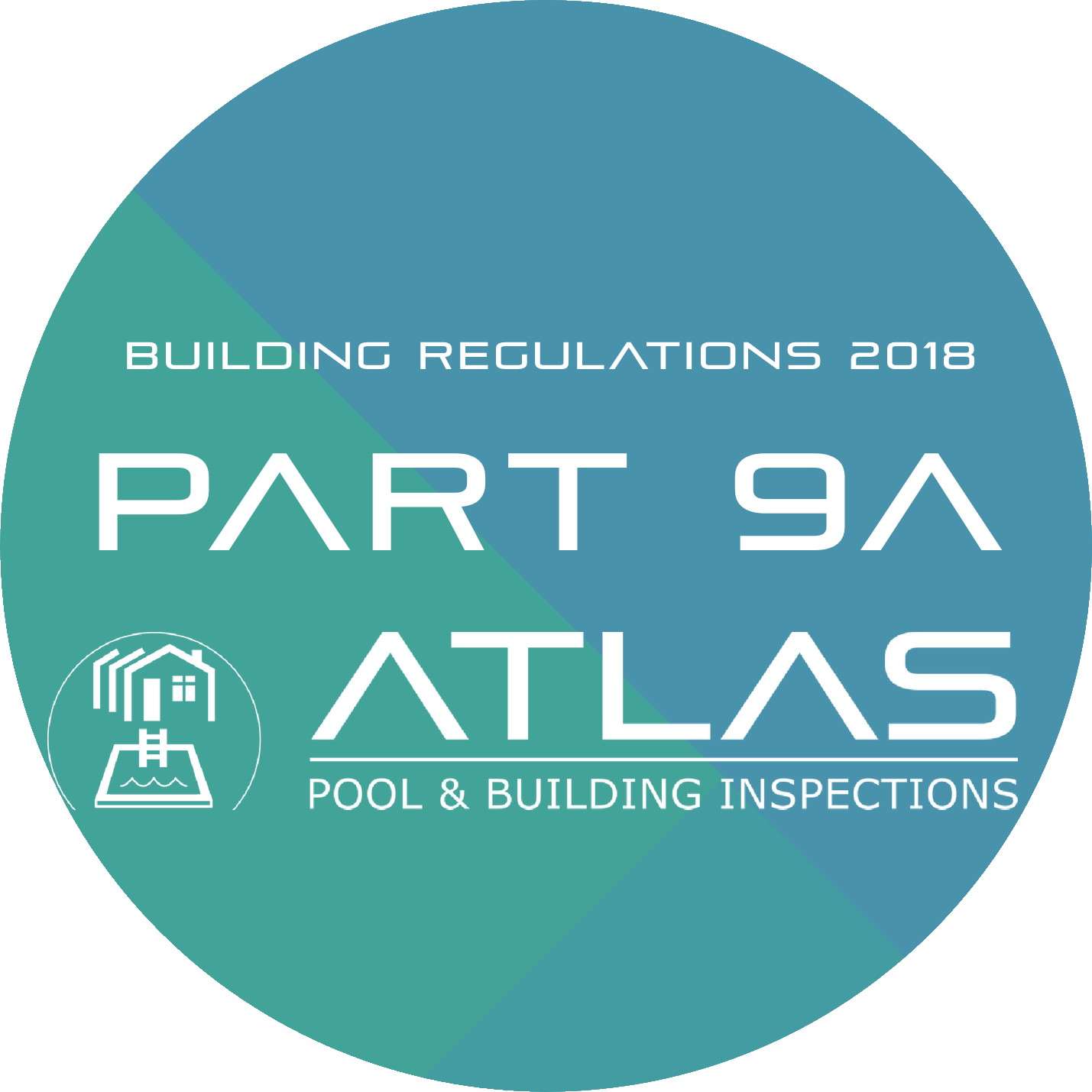Title Page
-
Client's Name
-
Conducted on
-
Inspected by
-
Location
-
Local Council
-
Barrier Standard applied
- Part 9A, Division 2 of the Building Regulations 2018
- AS 1926.1 - 1986
- AS 1926.1 - 1993
- AS 1926.1 - 1993 Amend 1
- AS 1926.1 - 2007 Amend 1
- AS 1926.1 - 2012
-
What is the barrier protecting?
-
The Pool or Spa is
-
Type of Inspection
-
Outcome of Inspection
Items of Inspection
2.1 General
-
Photo of General Pool & Barrier Area
-
2.1 The fence is a permanent structure
2.2 Materials
-
Materials used in fence
- Glass
- Aluminum
- Timber
- Steel
- Sheet metal
- Wire
- Mesh
- Masonry
- Dwelling
- Other
-
What other material is used as fencing
-
Is mesh opening between 12mm-50mm
-
2.9 Perforated material or mesh opening is less than 12mm
-
2.3 Fence has minimum effective height 1.8m, with minimum 450mm cranked section above at 135º away from pool (Fig. 2.3)
2.3 Fencing Height
-
Fences and gates must have a 1.2m effective perpendicular height at any point along their length, on the outside of the fencing
-
Fencing has a non-climbable 1200mm quadrant from the top of fencing clear of projections from or objects on the ground (Fig 2.1 & Fig 2.2)
2.4 Ground Clearance
-
The distance between finished ground level and bottom of fencing shall not exceed 100mm
2.5 Outside Surface
-
Projections from or indentations to the fence with a depth of greater than 10mm are spaced more than 900mm apart, and the lowest projection or indentation is at least 1100mm from the top of the fence.
-
Fence is vertical or leans away from the pool
2.6 & 2.7 Horizontal & Vertical Members
-
Horizontal members (rails, rods, wires, bracing) are placed on the inside of the fence
-
The distance between the horizontals shall be not less than 900 mm at any point (including above sloping ground)
-
The top surface of the highest lower horizontal member shall be at least 1.1 m below the top of the fence?
-
The spacing between any adjacent vertical members (see Figure 2.2), such as palings, rods or wires, shall not exceed 100 mm at any point.
-
Any horizontal surfaces (climbable objects) located inside the fencing shall be separated from fencing by 300mm.
-
The fence has openings of more than 10mm, but less than 100mm
-
Any horizontal surfaces (climbable objects) located inside the fencing shall be separated from fencing by 300mm.
2.8 Gates and Fittings
2.8.1 Security of Closure
-
When closed and latched, and the gate is lifted up or pushed down; movement of a gate must not release the latch, unhinge the gate or increase the gap between the bottom of the gate and finished ground level above 100mm.
2.8.2 Direction of Opening
-
Gates are mounted so they swing outwards only, away from the pool
2.8.3 Automatic closing device
-
All Gates shall be fitted with a device that will return the gate to the closed position and operate the latching device from any position?
-
Functional test 1 - Resting on latching mechanism - video taken
-
Functional test 2 - half way open - video taken
-
Functional test 3 - Fully open - video taken
2.8.4 Latching Device
-
All gates are fitted with a device that will automatically operate on the closing of the gate and will prevent the gate from being re-opened without being manually released?
2.8.5 Location of Latching Device
-
The latch release is at a minimum of 1500 mm from finished ground level
-
A latch release less than 1500mm must be on the inside of the barrier
-
To release the mechanism from outside, it is necessary to reach over or through a fence at 1.2m above finished ground level
-
Latch is accessible through a handhold
-
The latch release must be 150mm below the top of the gate
-
The latch release must be 150mm away from the edge of the hand hole
2.8.6 Shielding of Latching Device
-
Is the mechanism or latch shielded with a gap (between gate & fence) no greater than 10 mm?
-
The shield extends at least 450mm in all directions, from the latch or release mechanism
2.10 Workmanship
-
Barrier must be free of safety hazards, including sharp edges and projections
-
Are there any other items within the Pool Barrier that are a safety hazard (Doors, Windows, Balconies or other access points not listed in the standard)
Outcome of Inspection
-
According to Australian Standard 1926-1986 (Fences and Gates for Private Swimming Pools) I conclude that this Pool/Spa Barrier is
-
Is the barrier capable of being made compliant to the applicable standard within 60 days
-
ATLAS Inspections is guided by the Building Regulations 2018 Part 9A Division 6, and must submit a Certificate of pool and spa barrier non-compliance (form 24) to your local council under Regulation 147ZF. Form 24 brings with it an automatic fee of up to $397.54, payable to your Local Council, and further penalty of $1,849.20 if directions by council are not adhered to. The municipal building surveyor (Local Council) will direct you on how you are to proceed.
-
Does the non-compliance of the barrier pose an immediate danger to life or safety?
-
ATLAS Inspections is guided by the Building Regulations 2018 Part 9A Division 6, and must submit a Certificate of pool and spa barrier non-compliance (form 24) to your local council under Regulation 147ZF. Form 24 brings with it an automatic fee of up to $397.54, payable to your Local Council, and further penalty of $1,849.20 if directions by council are not adhered to. The municipal building surveyor (Local Council) will direct you on how you are to proceed.
-
Is any door or gate unable to be completely closed?
-
ATLAS Inspections is guided by the Building Regulations 2018 Part 9A Division 6, and must submit a Certificate of pool and spa barrier non-compliance (form 24) to your local council under Regulation 147ZF. Form 24 brings with it an automatic fee of up to $397.54, payable to your Local Council, and further penalty of $1,849.20 if directions by council are not adhered to. The municipal building surveyor (Local Council) will direct you on how you are to proceed.
-
Does any part of the barrier measure less than 1m?
-
ATLAS Inspections is guided by the Building Regulations 2018 Part 9A Division 6, and must submit a Certificate of pool and spa barrier non-compliance (form 24) to your local council under Regulation 147ZF. Form 24 brings with it an automatic fee of up to $397.54, payable to your Local Council, and further penalty of $1,849.20 if directions by council are not adhered to. The municipal building surveyor (Local Council) will direct you on how you are to proceed.
-
According to Building Regulations 2018 Part 9A Reg 147ZG (c) the Non-Compliant items listed above must be brought into line with the applicable standard within 60 days of receiving this notice, and the barrier must be Re-Inspected by ATLAS Inspections Pty Ltd by:
-
If your pool barrier cannot be brought into line with the applicable standard within 60 days of recieving this report, a Certificate of pool and spa barrier non-compliance (form 24) will be submitted to the Local Council, with an automatic fee of up to $397.54, payable to your Local Council, and further penalty of $1,849.20 if directions by council are not adhered to.
-
Upon full payment being recieved by ATLAS Inspections, we will issue you with a Certificate of Compliance (Form 23) to be forwarded to your local council.
-
Under regulation 147R (3) of the Building Regulations 2018, you are required to have your Pool or Spa barrier re-inspected within 4 years of this inspection. Congratulations, we will contact you again 3 months prior to your next inspection deadline which is on:










